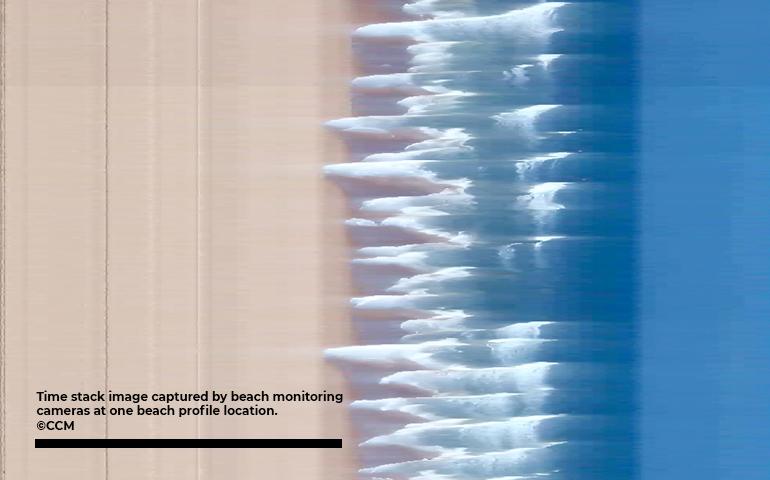Africa Centre of Excellence in Coastal Resilience |  University of Cape Coast
University of Cape Coast

Development Challenges
West Africa’s coastlines are undergoing rapid morphological changes. Close to 68% of sandy beaches in the sub-region are being eroded at an average rate of two (2) meters per annum with low lying areas perennially inundated. This is further compounded by sea water intrusion leading to the pollution of coastal fresh water, decreasing soil fertility and destruction of biodiversity. There is lack of scientific data on coastal degradation at national and regional levels for forecasting coastal evolution, limited historical time-series data as well as inadequate expertise (e.g., modellers) in various technical areas (e.g., engineering) to resolve coastal geomorphology and engineering problems
Objectives
- To evaluate the impact of wave climate on beach morphology
- To forecast wave climate variation
- To understand the design and consequences of coastal structures
- Develop models on coastal dynamics for the Africa region
- To explore the relationship between climatic factors (temperature, rainfall, wind etc) anomaly and coastal disasters
Research Areas
- Coastal hydrodynamics (i.e. wave parameters modelling, prediction and forecasting, wave impact)
- Sea water intrusion (Groundwater quality, topography, tidal variation, water table, coastal irrigation and subsidence, coastal farms)
- Flooding (Shoreline elevation characterization, sea level variation, early warning systems study)
- Coastal morphology (Coastal sediments transport, monitoring sandy and rocky beach erosion, ghost forest expansions (LCLU))
- Coastal protection and engineering (Coastal defense types and installation, impact on seashore ecology, impact on livelihood, impact on recreation and tourism)
Expected Outcomes
- Baseline model developed for coastal changes
- Hotspots for coastal erosion mapped
- Developed guidelines to achieve resilient coastal systems
- Capacity built in modelling climate variability

